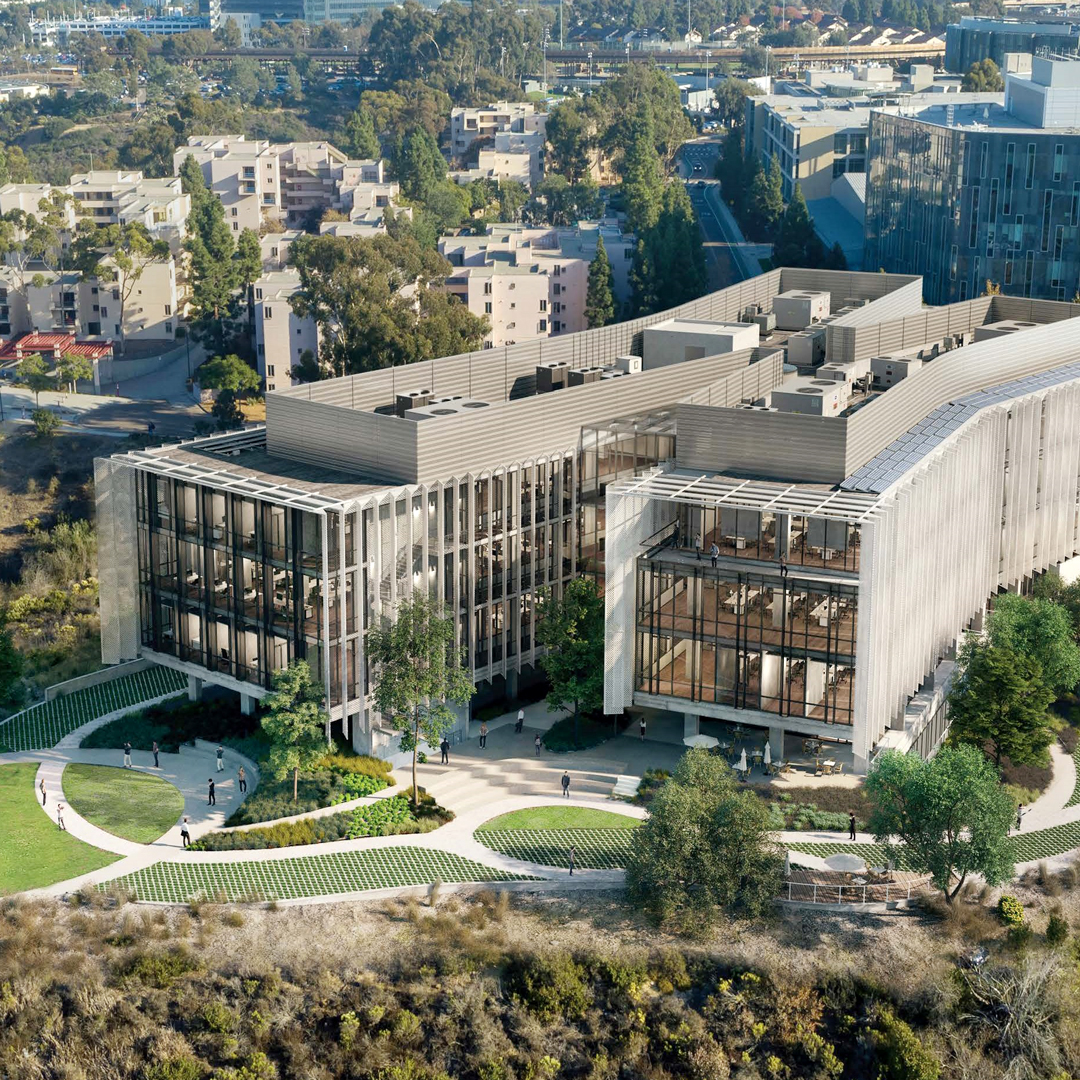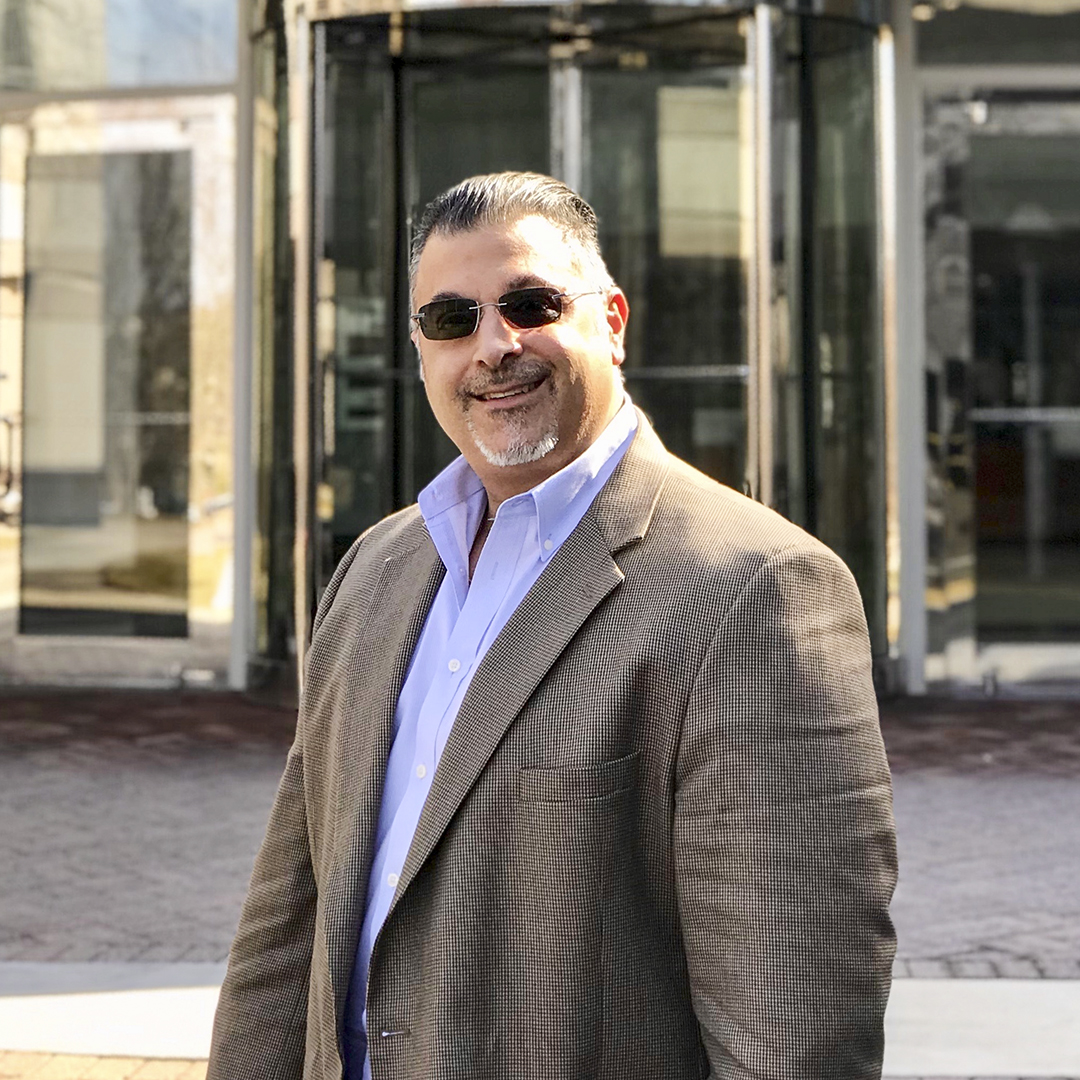|
Getting your Trinity Audio player ready...
|
Wayne Taub has always had “real estate in his blood.” He was introduced to the profession at an early age by his father, a prominent New York City structural engineer responsible for designing many of Manhattan’s most notable skyscrapers. This exposure manifested itself as a pure passion for the field, prompting Taub to pursue a master’s degree in real estate development and investment, and later take on the role as vice president of global real estate for WarnerMedia, formerly known as Time Warner, Inc.
Taub’s career initially led him through a series of roles where he had the opportunity to approach real estate from all angles, beginning with work in residential and then progressing to commercial property management. During his time as senior managing director for CB Richard Ellis, he learned firsthand “how buildings function, how space gets leased,” and, alternatively, “how tenants think and what’s important to them.” Knowing the structure of real estate puts Taub—and transitively WarnerMedia—at a considerable advantage. When the decision was made to consolidate WarnerMedia’s offices in New York into one location, Taub was nominated to sell the old space and negotiate for the new one. He pulled from knowledge both from personal and career experiences to find a location that reflected the company’s culture, while simultaneously dusting up any frivolous aspects of the previous operation.

Over the next few months, all of WarnerMedia’s New York-based employees will move into a 1.4 million square foot facility on the west side of the city in Hudson Yards to improve the efficiencies of the umbrella company. In addition to reducing occupancy costs, the goal of uniting everyone in the same location is to “bring the best and the brightest media minds together under one roof and help make sure information is flowing between divisions.” Members of WarnerMedia’s corporate division are not the only ones involved in the move: employees from Turner, CNN, HBO, and Warner Bros. will all congregate within the same walls as well. Considering the massive impact and brand recognition each of these divisions have created on their own, Taub’s aim to connect everyone to strive toward a common goal was not a simple challenge to bear. In fact, Taub recalls his time spent coalescing these big names as an experience not unlike putting together a “complicated puzzle.”
“It has been a ten-year journey for me—an evolution,” Taub says. “These media brands are mature. They’re successful and powerful and have incredible net worth, so they want and need to retain some elements of autonomy. As we were evaluating locations that could house the combined company we needed to partner with consultants that understood our corporate culture. We realized how critical it would be to create a process that was transparent so everyone felt included. We had to come up with recommendations that everyone could rationalize.”

Taub and the developers at Related Properties accomplished their goal to join forces through the breadth and design of the space. The company’s collaborative focus shines throughout the new hub by straying from a traditional, restrained cubicle design and instead installing free-flowing workspaces, synergy-sparking conference rooms, and windows that encourage bright, energized productivity. At the time of this writing, the project is forecasted to reach completion by June 2019, at which time WarnerMedia and its partners hope to harbor a universal sense of community, efficiency, and progressivity. “We appreciate the long-standing relationship between Wayne, WarnerMedia, and Cushman & Wakefield,” says one such partner, John Santora, the president of the tristate region for Cushman & Wakefield. “Wayne is a true talent in our industry, and we value our continued partnership.”
“We’re going from what was 45 percent open space, 55 percent office, to what will now be 80 percent open space, 20 percent office,” Taub explains. “So the space will be a lot more collaborative. It really offers a big change in how the company is going to work, and we think it’s what we need to not only attract and retain talent but to harmonize what were previously disparate work environments.”
Judged by square footage alone, the space may seem like a massive addition to New York’s always-changing concrete jungle, but the design of the project will actually decrease the company’s overall footprint and improve its rentable square feet per division. Taub is now focused on the West Coast, where the company also has a tremendous presence. Similar to the spaces in New York, he also aims to rationalize the footprint and profitability of WarnerMedia.

Taub recognizes his job in corporate real estate as one that happens gradually: his work requires him to envisage the future but focus on the details of getting there. When asked of his vision for the future, Taub says that this is the “five-trillion-dollar question.” After the final touches of WarnerMedia’s acquisition by AT&T are complete, Taub foresees the occurrence of many changes to the organization and how it does business. But Taub’s already thinking about and planning for what that means in terms of real estate. He’ll need to come up with smart ways to bring people together in ideal locations that will help them create both the best content and user experiences for WarnerMedia’s customers.


